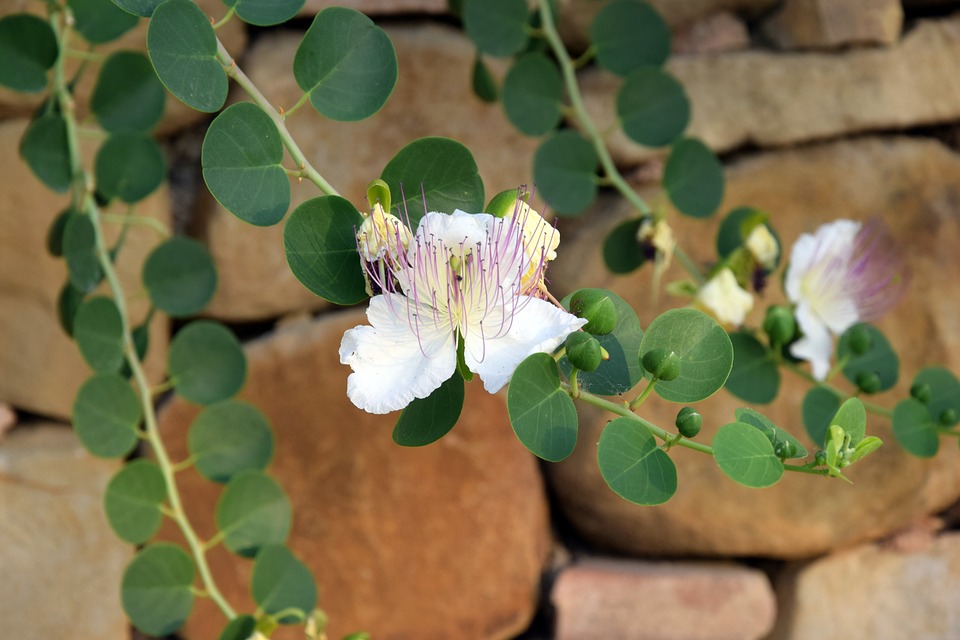The Ultimate Guide to Organic Gardening in Small Spaces
Introduction
Small spaces, like a balcony or a corner of a windowsill, can be a great place for organic gardening. While some areas might not be suitable for large-scale gardens, they’re perfect for smaller spaces.
Choosing Your Space
When choosing your space, consider the following:
- Light and sun exposure: Choose a location with sufficient sun exposure.
- Accessibility: Ensure your space has good access to water and a drainage system.
- Size and structure: Your space should be able to accommodate your plants and supplies.
Essential Tools for Small Space Gardening
- Hand-held and benchtop tools – for tasks like planting and trimming.
- Small hand-held sprayers – for watering plants and controlling runoff.
- Small and lightweight pots and containers – for planting and growing plants.
Selecting Plants
When choosing plants, consider:
- Size and growth rate – some plants might be better suited to small spaces.
- Hardiness and growth – some plants might need more frequent watering.
- Bloom and spread – certain plants might be more suitable for a small space.
Natural Pest Control
- Companion companion plants – for pest control and feeding.
- Companion sprayers – for controlling pests and diseases.
- Naturalistic insecticides – for controlling pests and insects.
Maximizing Your Yield
- Maximize your planting zone – plant height and spacing.
- Vertical growing – to increase plant yield.
- Rotate and cross-pollinate – to improve air circulation and plant health.
Conclusion
Small space gardening can be a rewarding and enjoyable hobby. With careful planning and a little creativity, you can create a beautiful and productive garden in your small space.
Share your tips and tricks
Feel free to share your small space gardening tips and tricks in the comments below.
